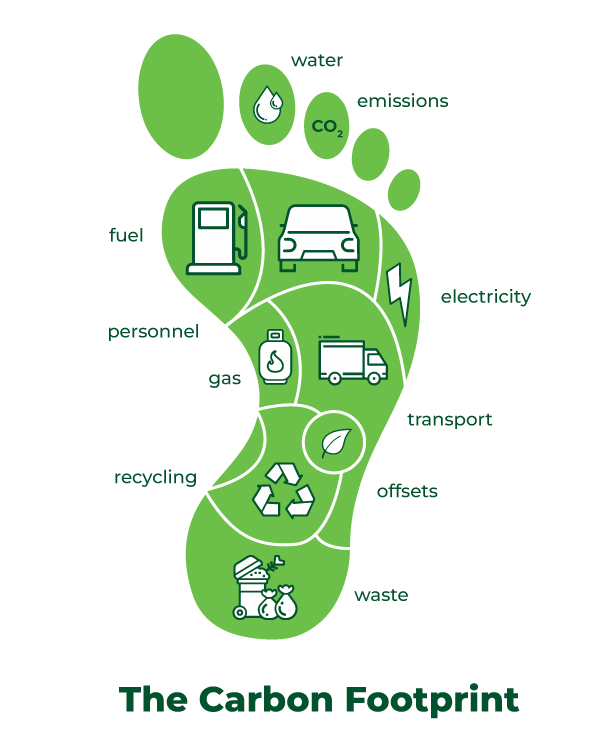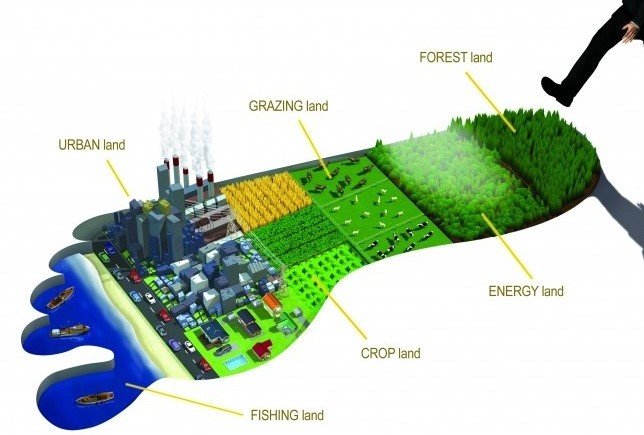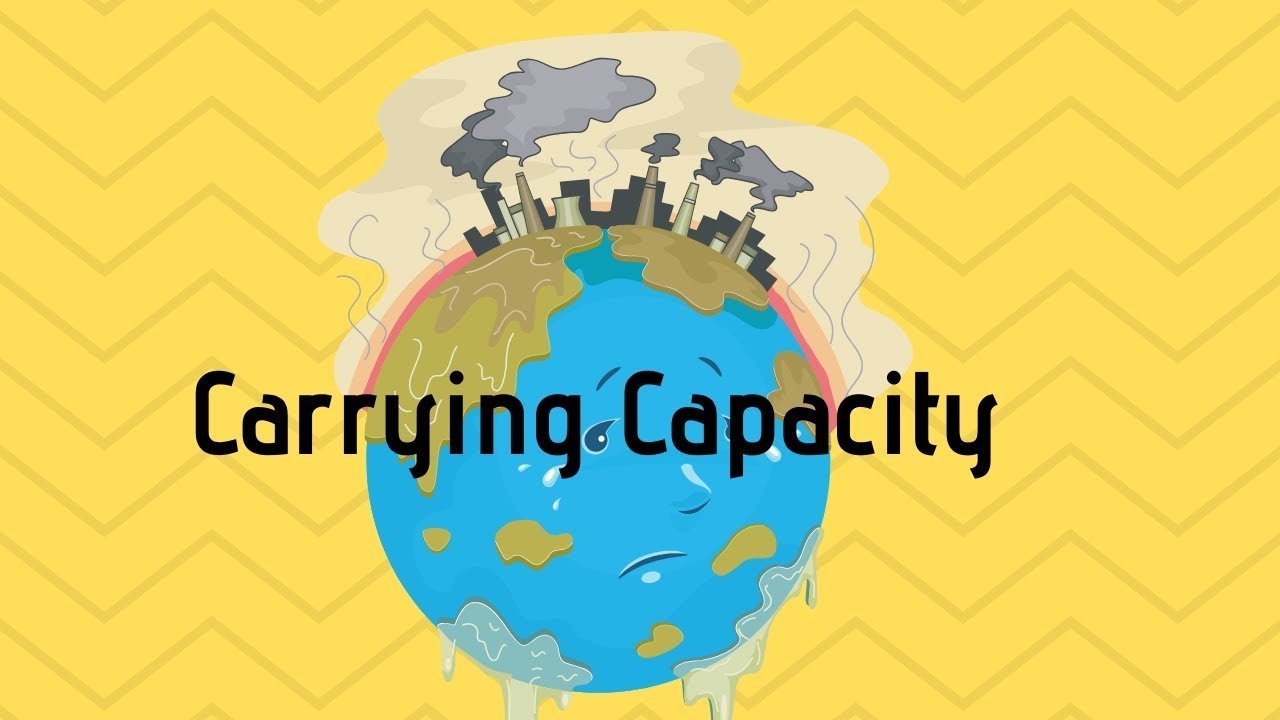We carryout of the environmental sustainability & assimilation in unique way for determining the environmental sustainability & assimilation capacity of region in terms of pollutant, GHG emissions quantification it's global warming potential (GWP), Ozone depletion potential. We also carryout the Carbon, Water and Ecological Foot print, related sequestration plan and Clean Development Mechanism etc.

Climate Change and Sustainability
- Climate change and Sustainability studies including Life Cycle Assessment (used to identify different applications viz. LCA, Life Cycle Costing (LCC); Social Life Cycle Assessment (S-LCA); emissions trading and greenhouse gas inventories etc.)
Carbon & Water Foot Print
- Carbon footprint (CF) and water footprint (WF) concepts were introduced about a decade ago, simultaneously, but independently from one another. The Carbon footprint arose out of the debate on climate change, as a tool to measure GHG emissions.
- The water footprint was introduced in the field of water resources management, which act as a tool to measure water use in relation to consumption patterns.
- Carbon Footprint: Measures the emission of gases that contribute to global warming
- Water Footprint: Measures the consumption and contamination of freshwater resources. It also is an indicator of freshwater use that shows direct and indirect water use of a producer or consumer.


Ecological Foot Print
- Ecological Footprint: Measures the use of bio-productive space
- The ecological footprint was becoming a valuable index for measuring the pressure of the human beings on the biosphere. It also helps to understand the number of resources we use and the emissions we produce to support our lifestyle. The comparison between the rates obtained for each country can distinguish those who have a lighter ecological footprint, which contribute little to threaten the environmental destruction, and those who have a heavier footprint, with a strong negative impact on the sustainability of our civilization.
- Ecological footprint measures the pressure on natural resources due to population consumption and life style. It estimates the biologically productive area required to provide the natural resources we use in our daily life: the resources used in the house we live in, the furniture and objects, clothes, transportation that we use, what we eat, what we do at leisure and to absorb carbon dioxide emissions.
Environmental Carrying Capacity & Assimilative Capacity
- The environmental carrying capacity consists of the ability to support human life (supportive capacity) and the ability to accept pollution load- assimilative capacity).
- A Calculation of environmental carrying capacity is required to determine the limits of a region's capacity to support population activities, such as natural resource consumption and waste discharge into nature

We would be happy for furnishing our EHS assistance
at any steps of your sustainable development journey.